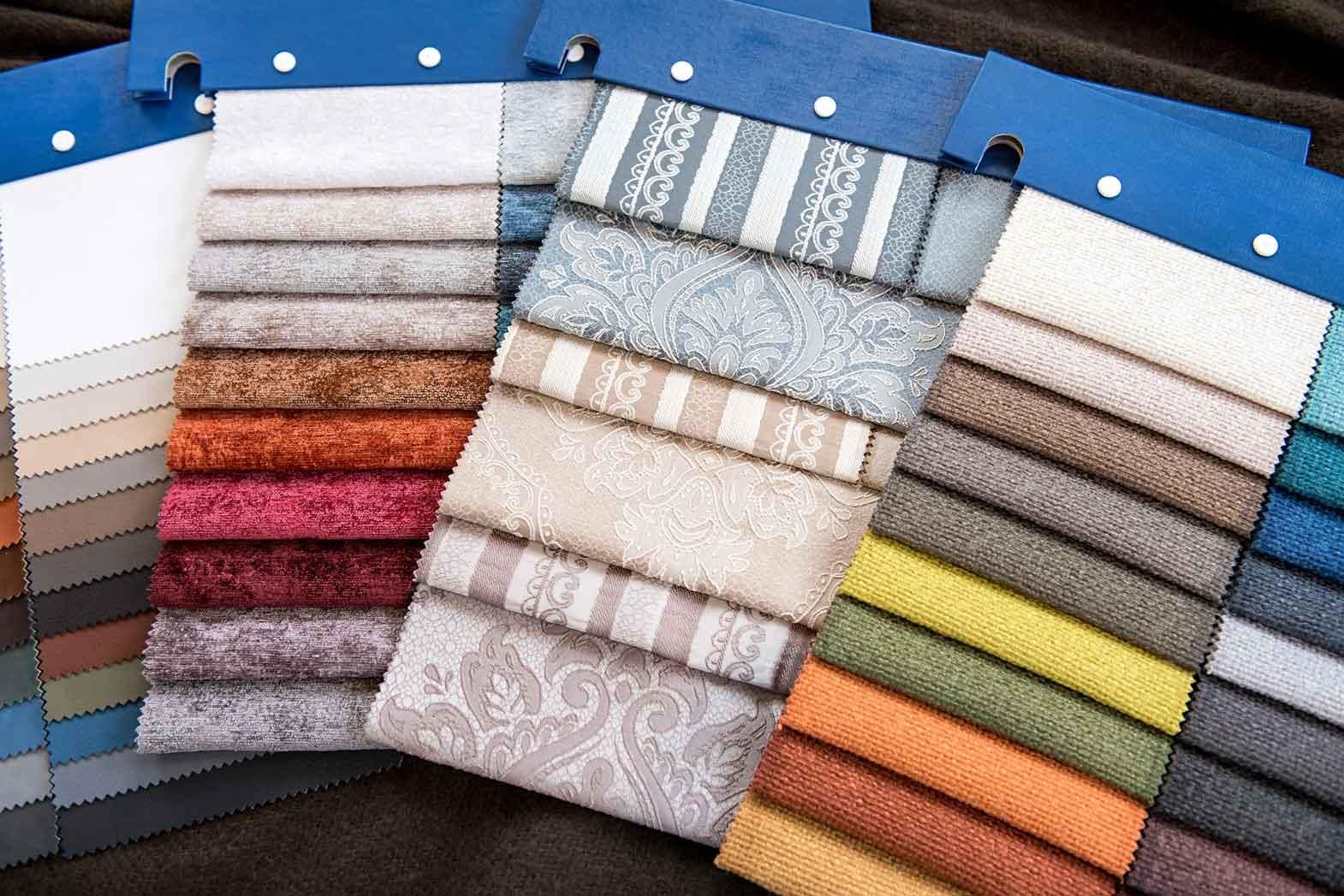With the recent changes in the political scene of Myanmar, it may become one of the leading textile manufacturing centres of the world. The good news is that the US has already announced lifting of ban over Myanmar's shipments and the country is likely to witness a boom in its exports. When the ban was announced, as many as 300 textile factories were closed down and many lost their jobs. The European Union is also set to offer a duty-free access to Burmese products under its Generalized Scheme of Preferences regime.
Myanmar has a very extensive workforce with extremely low wage, and this has attracted countries to invest in Myanmar. The concerns regarding poor infrastructure in the country, have been disregarded, as rapid investment will improve the infrastructure as well. Myanmar is known for its yarn, fabric, and garment production. According to the Myanmar Garment Manufacturers Association (MMA), exports from the nation's 200 garment factories, 195 of which are privately held, reached US$770 million in 2011. Japan (US$ 350 million), South Korea (US$ 240 million), Brazil, Argentina, South Africa, and Turkey are some of the countries that are currently the chief exporting markets of Myanmar.
With the U.S.'s decision to lift the ban, the future of textile industry in Myanmar appears very promising. Preceding the ban, almost 85 percent of the nation's exports were apparel and textiles of which approximately 25 percent went to the U.S. and currently Japan is Myanmar's largest garment customer, acquiring a 34% of total clothing exports. The garments occupy about 40% of total exports of the country.
The garment factories in Myanmar employ about 20,000 people. In the bygone financial year, Myanmar has seen 19 foreign companies entering the country's garment industry. Among Asian countries, garment companies of Thailand have shown interest in starting operations in Myanmar.
Cost effective and abundant workforce apart, Myanmar's government has also formulated policies to attract investment from other countries. The investment and tax incentives that the manufacturing units established in Special Economic Zones (SEZ) enjoy are also one of the reasons for manufacturers showing interest in establishing textile units in Myanmar. Incentives include a 5 year holiday on tax, custom duty exemptions on imported machinery and equipment as well as the value of the machinery being considered part of the capital investment requirement.
Some other benefits that Myanmar enjoys are its impressive history in textile and clothing production and also the technical assistance that the Japan External Trade Organization (JETRO) and its Ministry of Economy, Trade and Industry (METI) have offered, and the size of the domestic market (which exceeds 60m consumers according to most estimates).
As of now, Myanmar's main concern is competing with countries like China, where the skilled labour is available in ample. However, a comparison of the labour cost, gives Myanmar an edge over China and all the other neighbouring countries. With changes in labour law introduced in October 2011, the workforce in the country can also be assured that its interests will be protected. The manufacturers investing in Myanmar need to strike a right balance between cutting the labour cost and keeping the work force gratified. Even though, these issues can be tricky to handle, but, the workforce in the country is likely to cooperate with the foreign manufacturers, as foreign investment indicates improvement in existing wage packages.
Sustaining the labour force is also to be taken care of. Despite training centres established by the Myanmar Garment Manufacturers' Association (MGMA) and the technical school founded by JETRO/MITI from Japan, retaining skilled labourers is a challenge in Myanmar's Yangon, which is the centre of the garment industry. After acquiring the required set of skills, workers often tend to move to factories that pay them better.
An additional problem that the country might face is that of the time it has lost before the U.S. lifted the ban. The global economy and workforce has witnessed several changes and unfortunately, for the country, it has lost a decade of global sourcing networks. It is a competitive handicap, which can repel the industries from investing here.
These problems are just the tip of the iceberg. As the political, economic and social challenges faced by the country are discouraging in several ways. The country needs to shift its focus on improving on educational and economic front. Maintaining political stability, fighting tooth and nail against corruption and establishing peace are also important. Fortunately for the country, more than the risks, the assurance of better and cost effective work environment is what the investors appreciate.
Moreover, the challenging factors are not entirely unmanageable. The authorities in Myanmar are determined to attract foreign investors and the policies formulated by the authorities are certainly a positive indication. The future of textile industry in Myanmar is definitely something to cheer for. Myanmar is a country to lookout for, as far as, investor friendly policies and low labour costs are concerned. With abolition of economic sanctions against Myanmar by the EU, the U.S. and the tariff preferences that the country enjoys from South Korea and India are encouraging. Other countries that have granted GSP benefits to Burma include Japan, Switzerland and Turkey.
The solution to the ever rising labour cost lies in a low-cost country and Myanmar is a perfect place for the same. The scale, skill and productivity of the labour force in textile sector here will improve considerably, as manufacturers from other countries start investing here. Myanmar is the new textile supplier country to watch for.
References:
1. Just-style.com
2. Economist.com
3. Insightalpha.com








Comments